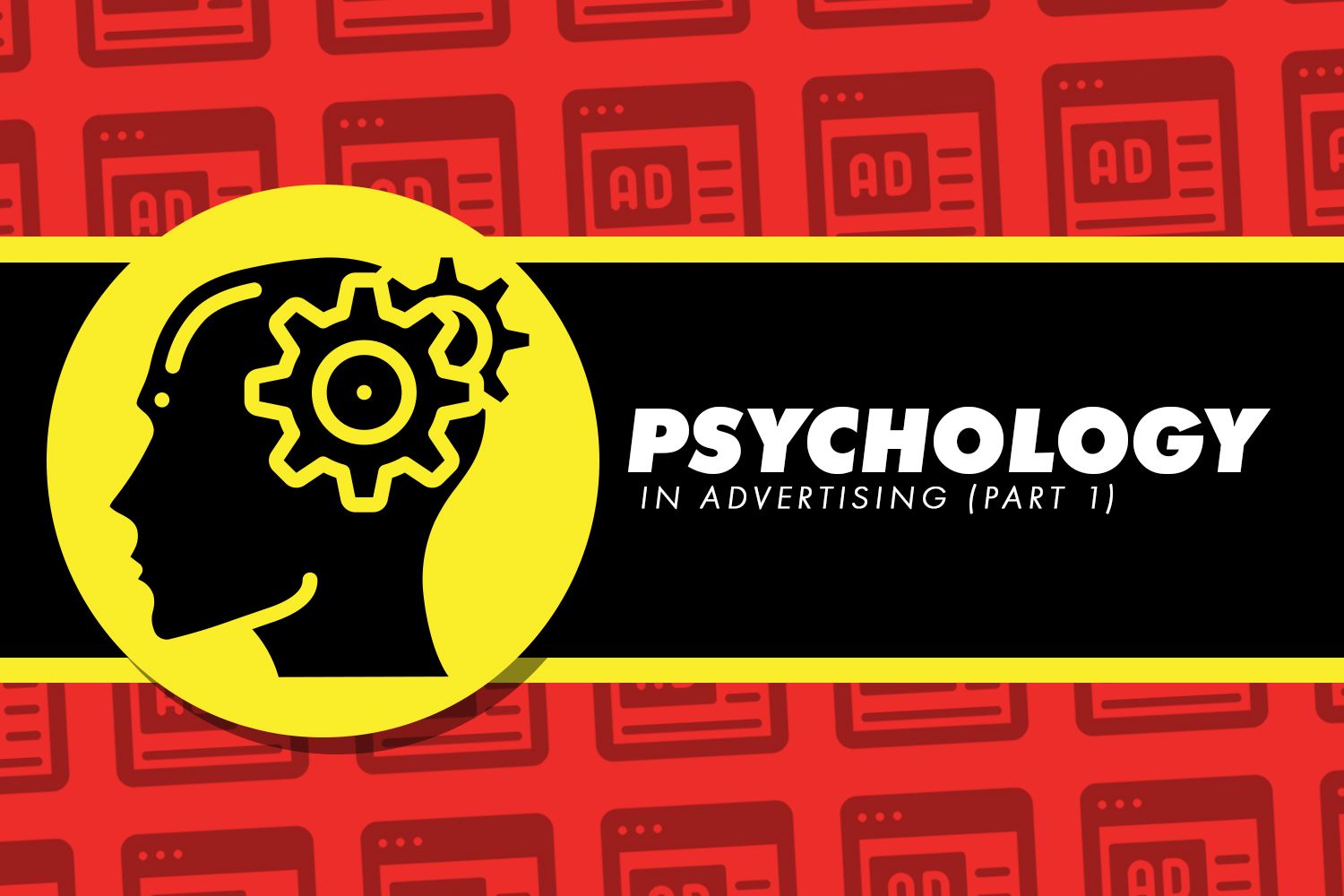Thinking vs Feeling: The Psychology of Advertising
by Admin
Posted on 09-07-2023 07:00 PM

Ads are geared towards both thinking and feeling. However, feeling seems to rank higher. Based on advertising campaign performance, 31% of ads with emotional pull succeeded versus the 16% success of ads that focused on rational
content
. Ads that trigger sentiments do so using different themes.
 However, pride, love, achievement, man’s empathy, friendships, loneliness or memories perform best. Emotional response to an advertisement, rather than the ad’s actual content, produces great influence on the intent of a consumer to buy a product. Likeability is the most predictive measure that can help ascertain if an advertisement will increase the sales of a brand.
However, pride, love, achievement, man’s empathy, friendships, loneliness or memories perform best. Emotional response to an advertisement, rather than the ad’s actual content, produces great influence on the intent of a consumer to buy a product. Likeability is the most predictive measure that can help ascertain if an advertisement will increase the sales of a brand.
Whether it’s judging a company by its ceo or judging a brand by its choice of an advertising model, the psychology of attraction influences our consumer behavior more than we think. In titanic, their hearts went on, but jack (leonardo dicaprio) was left behind. Perhaps there was enough space on rose’s life-saving raft, but that would’ve surely made for a completely different movie. By matt johnson, phd. , and prince ghuman we enjoy thinking of romantic feelings as spontaneous, shakespearian, and straight from our hearts. But in reality, things are not nearly so poetic—our brain runs a complex series of processes to determine our sense of attraction, which influence the things we do for the person we feel attracted to.
Great ads are relatable and create an immediate connection with the audience. How do they do this? primarily through sharing a message that resonates with what the target consumer is already thinking and feeling. If you’re a lawn care business , you can connect with people who fear neighbours are judging their lawns by creating an ad talking about the shame of being “the ugly yard. ” because you’re connecting with a feeling that already exists, you’ll draw in the right customers and they will be ready to listen to your solution. To create effective advertising, you need to understand how your target audience feels and connect with those feelings right away in the ad.
By jordan buck in a recent issue of the journal of innovative marketing, jordan buck (ogilvy consulting behavioural science practice), lachezar ivanov (european university viadrina) and rory sutherland (president, ogilvy uk published a paper on what advertising can learn from evolutionary psychology. This article provides a top-line overview of the thinking it contains. Please do check out the full version of the paper! there is an important debate within advertising, centered around ‘standardization’ versus ‘adaptation’. ‘standardization approaches’ suggest that the same advertisements can be used globally, as people around the world are all human and thus all respond in similar way to similar cues.
The Number of Ads We See
Another of the six principles of all ideas that “stick”, according chip and dan heath, is to make them concrete – by using specific facts rather than broad statements. Specific, quantifiable concrete facts—particularly ones that form pictures in our minds—are intensely interesting.
 Figures imply research, which adds to your legitimacy. But all kinds of specificity are good: digits, names, descriptions, titles, examples, projections, results. Being specific also helps to demonstrate that the article will be in depth. Being specific appeals to our urge to know what we’re getting into when we click – the same reason numbers are effective – and leads to greater clarity, which readers really prefer as seen in this conductor study.
Figures imply research, which adds to your legitimacy. But all kinds of specificity are good: digits, names, descriptions, titles, examples, projections, results. Being specific also helps to demonstrate that the article will be in depth. Being specific appeals to our urge to know what we’re getting into when we click – the same reason numbers are effective – and leads to greater clarity, which readers really prefer as seen in this conductor study.
Real Advertising Campaigns That Have Been Successful
While you admire a new building with striking architecture, your peripheral vision includes a digital advertisement. Without knowing, your focus shifts to the moving pictures, and your curiosity about the product builds. Your mind begins to absorb product information and the environment surrounding it. The information enters the mind successfully as the source is gradually embedded. To take advantage of the subconscious realm, companies are using mobile digital billboard advertising for maximum engagement.
The Psychology Behind Advertising
Marketing psychology is the study of human consumer behavior and how shoppers react to marketing and advertising , engage with brands, and ultimately decide how to spend their money. The psychological aspect examines why people behave the way they do and make the decisions they make. We look at what influences purchasing decisions, and how brands and marketers can create campaigns to cater to these behaviors.